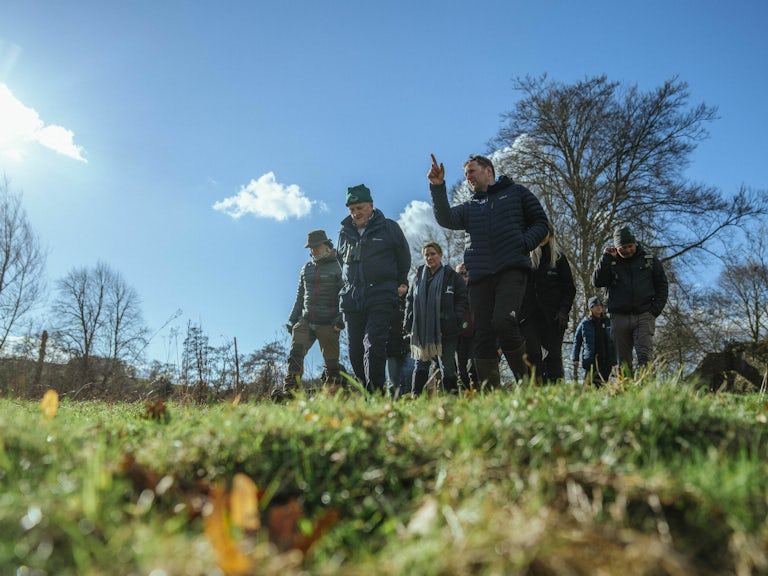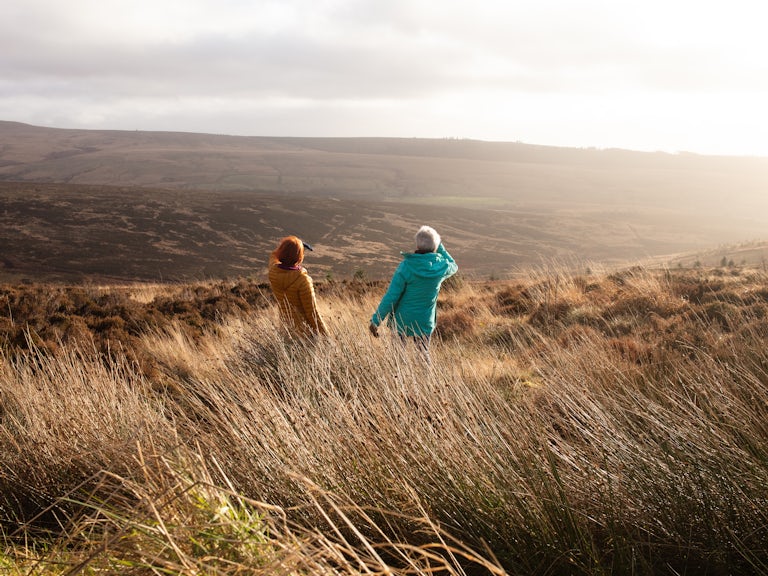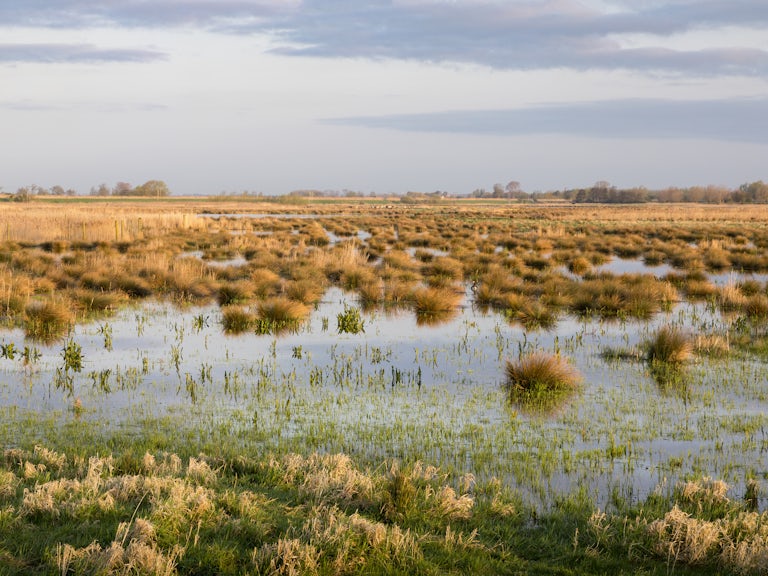25-year environment plan – is this a turning point for rewilding?
Green Brexit initiative could lead to the rise of self-sustaining, nature-based economies that work for people and nature.
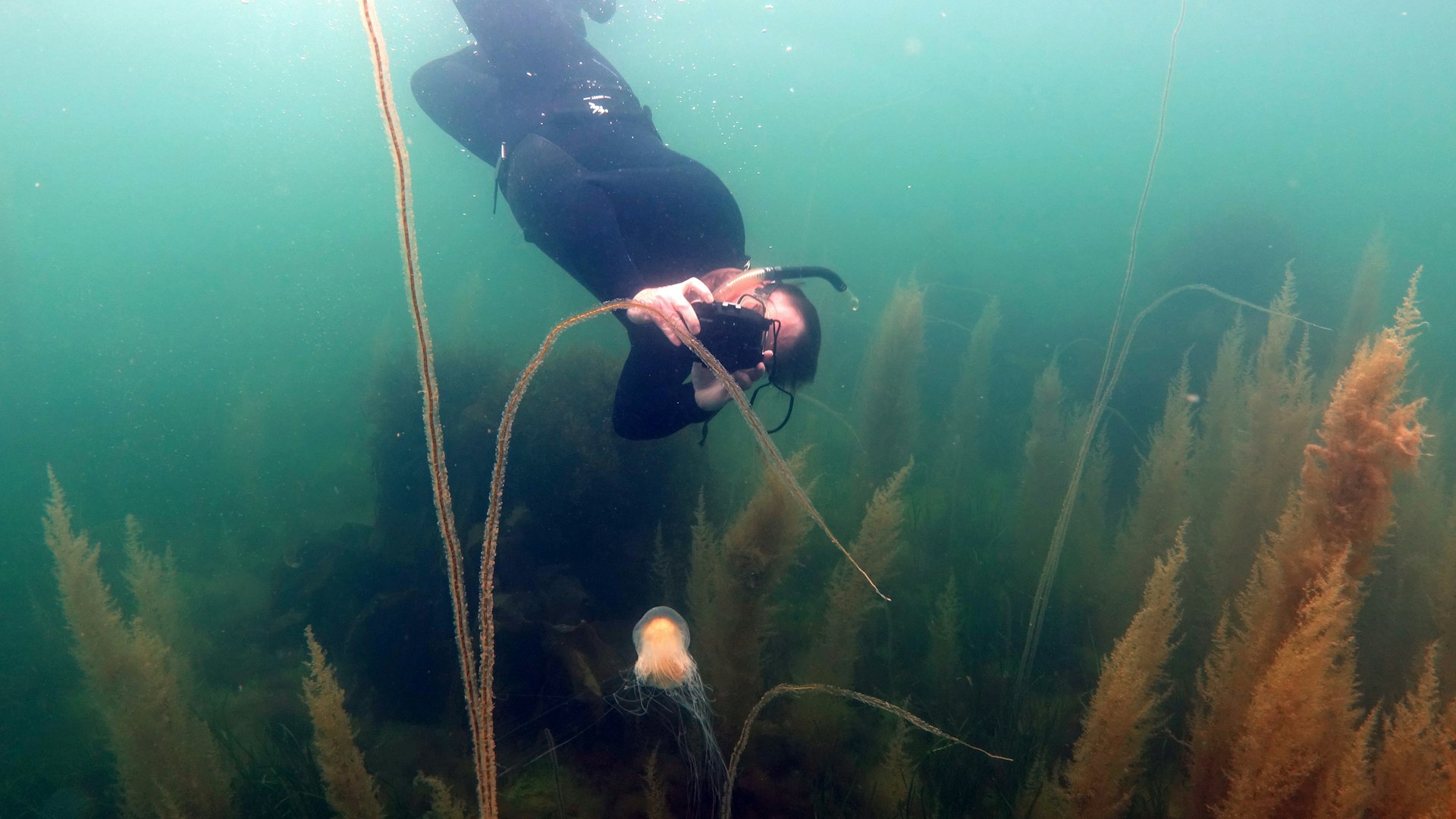
Published 16/01/2018
After 30 months in gestation, the Government’s 25-year plan for the environment has finally been announced. While the lack of specifics, or ambition towards legal enforcement, are of serious concern, there are reasons to be cheerful. That is, of course, if words turn into action.
Here’s the view from Rewilding Britain.
Public money for public goods
The plan, launched by prime minister Theresa May in London last week, outlines many commitments which support a rewilding approach. It even recognises the pioneering achievements of the Knepp Estate in lowland rewilding. Crucially, it confirms what we already knew about changes to farming subsidies – the current Basic Payment Scheme (BPS) is to be phased out and replaced with ‘a system of public money for public goods’, introduced after a five-year ‘transition period’ starting in March 2019.
Although we would hope that in the long term we can move away from an over-reliance on subsidies and grants – in places moving towards more stable, nature-based economies – we recognise that in the short-medium term, government support will be necessary to incentivise this shift.
The plan states that ‘new environmental management systems’ for the land and sea are needed. Additionally, it outlines ambitions to develop a Nature Recovery Network which will restore 500,000 hectares of wildlife habitat outside of protected sites. It also proposes a new ‘northern forest’, the establishment of 180,000 hectares of new woodland and the restoration of vulnerable peatland in England.
Of course, the devil will be in the detail when it comes to what habitats are created where, and how much management will be needed, but the aspiration to restore nature at this scale is laudable.
Wild nature can work for all
At Rewilding Britain, our proposal is that rewilding can provide a model that works for both people and nature.
Eventually, we want to see dynamic, continuous nature-rich zones across at least one million hectares, where flourishing ecosystems support self-sustaining nature-based economies. These economies will create new and diverse local livelihoods and deliver valuable ecological functions – or ‘public goods’ – such as flood mitigation, soil restoration and improved water quality. They will also provide rich opportunities for people to reconnect with wild nature.
A vision of this scale requires sufficiently large areas to restore the abundance of nature while empowering communities to create a sustainable future. It cannot be done on individual landholdings, but by connecting up areas of land and sea like pieces in a jigsaw puzzle. We believe all this can be achieved if it is a vision that is shared. Which is why we created the Rewilding Network, that puts landowners, stewards, local people and the wider community at the centre of decision-making. Essentially, it’s all about collaboration.
Coordinated action needed
In this respect, we think the 25-year plan is lacking. Creating the new environmental management systems it describes will require unprecedented levels of coordinated action. The plan doesn’t address this, or map out any delivery milestones. It says we need to explore ‘how to give individuals a chance to deliver conservation’. But we need more than this. We need to support and incentivise communities, as well as owners and stewards of the land and sea, to take a collective approach to managing, and sharing the benefits from, our natural and productive assets.
We all know that the 25-year environment plan is essentially just a plan. And time will tell whether this or future governments will stick to it. Even so, we at Rewilding Britain feel that the content is promising. And we look forward to helping ensure that its delivery lives up to its aspirations for a ‘greener future’.
High points
- ‘Expanding the use of natural flood management solutions’: emerging evidence shows that flood peaks have been consistently reduced by 20 – 30% through this kind of restoration work. We are confident that rewilding projects will deliver similar benefits, especially to small rural communities which do not qualify for flood risk funding under current rules.
- ‘Providing opportunities for the reintroduction of native species’: since we formed three years ago we’ve sought the reintroduction of missing flora and fauna, where appropriate, to re-establish the full range of natural processes and healthy ecosystems. So we are pleased to see this emphasis, with White-tailed Eagle and European Beaver cited as examples. This suggests that the right proposals in the right places and with the right local support are likely to get the backing of central government and its agencies.
- ‘Promoting health and well-being through the natural environment’: this policy recognises the range of vital social benefits the natural environment brings.
- ‘Assessing the potential role of conservation covenants’: new legally binding mechanisms could help secure the long-term benefits of an investment in nature.
By Rebecca Wrigley and Alastair Driver, Rewilding Britain chief executive and director
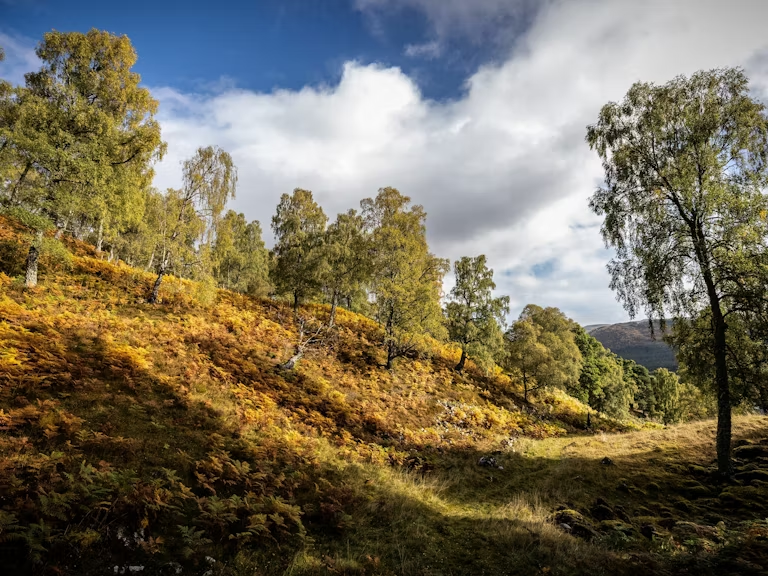
Rewilding 101
Start here to learn all about rewilding, what it looks like and what it can do.
Why rewild
Our vision
We have big ambitions. Find out what we’ve set out to achieve through rewilding.
What we do
Rewild your inbox
Wise up with the latest rewilding news, tips and events in our newsletter.
Sign up now